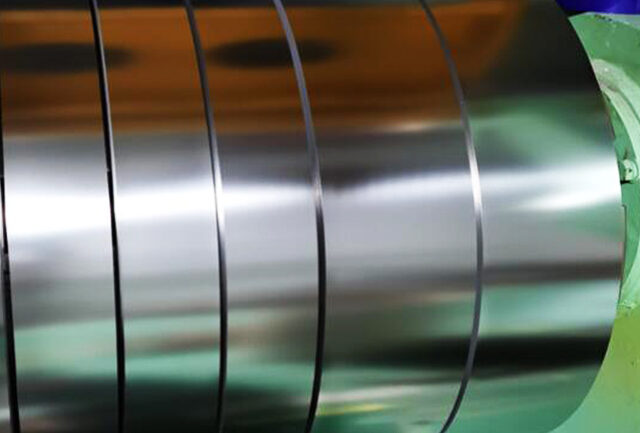What does the “L” in 316L stainless steel mean?
Do you know what 316L stainless steel is? It is an austenitic with molybdenum bearings. It is more resistant to corrosion and pitting than chromium and nickel stainless steels (such as 302 and 304). But have you ever wondered what the “L” in 316L stainless steel means? In the following article we will tell you
Meaning
Steel is an alloy of iron and carbon and is known to have been used since 1800 BC. This is the main reason why it is one of the most widely used alloys in production today.
Steel production begins with the smelting of iron ore, followed by the removal of impurities such as phosphorus, silicon and sulphur. In ore form, the concentration of carbon is higher than the level required to give steel its unique characteristics. Steel manufacturers therefore reprocess the molten metal to reduce the carbon content to the required amount.
At this point, other elements may also be added to the molten iron ore compound to form different varieties of steel. Each steel grade can be used for specific industrial applications ranging from construction to structural reinforcement. In order to capture the salient features of steel, manufacturers have created a systematic and comprehensive naming system.
Keeping track of the different types of stainless steel on the market may seem like a daunting task at first, but once you understand the naming system and the variables that determine the properties of steel, it becomes very simple.
Types of steel
In order to understand the nomenclature and naming system of stainless steel you must first understand the different types of stainless steel on the market. The different steels are classified according to the arrangement of their molecules, also known as their crystalline structure.
Next, we show you the three main types of steel.
1. Martensitic stainless steel
This is one of the least common types of steel produced by manufacturers. Martensitic stainless steel is known for its amazing resistance to corrosion. It includes a mixture of elements such as molybdenum, nickel, boron and, in some cases, even titanium.
2. Ferritic stainless steels
Ferritic stainless steels are available in grades 430 and 434, these are variants of magnetic steels in which chromium and nickel are less dense. They can be used in a variety of applications from kitchen utensils to industrial equipment, making them more suitable for technical cases.
3. Austenitic stainless steels
Austenitic stainless steels are the most commonly used stainless steels and are offered in grades 304, 316 and 317. Of these predominantly used grades, 316 stainless steels are the second most commonly used in the 300 series. This feature is the reason they are used in industrial and domestic settings.

316/316L stainless steel: “L” designation
316 stainless steel is commonly used in engineering applications, particularly in construction and fabrication, due to its corrosion resistance. type 316 stainless steel is manufactured in different grades due to its wide potential and is distinguished by the use of the letter “L” in its name.
L denotes the low carbon content of the steel. Type 316L is best known among fabricators for its resistance to cracking after the welding process has been completed. This makes 316L the preferred choice for fabricators wishing to build metal structures for industrial applications.
In addition to L, there are other grade designations such as F, N, H and other grades which are used to achieve the desired application by refining the composition specifications for carbon, manganese, silicon, phosphorus, sulphur, chromium, molybdenum and nickel.
Typical steel applications include: food preparation equipment, laboratory equipment, chemical transport containers, docks, heat exchangers, mining screens, coastal building panels, railings, equipment, marine fittings, water extraction and filtration.
Where welding is required, steel has cooling cracking properties. The high temperatures during the welding process can cause so-called “thermal embrittlement” as the steel cools. This makes structures constructed from high carbon steel more susceptible to damage from crack formation in the weld zone of the metal.
The low carbon content of 316L provides an effective solution to this prevalent 316 stainless steel engineering problem. As a commercial organisation, this small change in application can have a significant impact on your operating costs and quality assurance parameters.
So far, we have shown you what the “L” in 316 stainless steel means. If you are considering using this material in any of your products, you are sure to make the right decision. We hope you have found this information interesting and useful!
At Tisco steel, you will find a range of different grades of stainless steel products. If you have any questions about our plates, tubes, pipes, fittings, bars and angles, please do not hesitate to contact us.